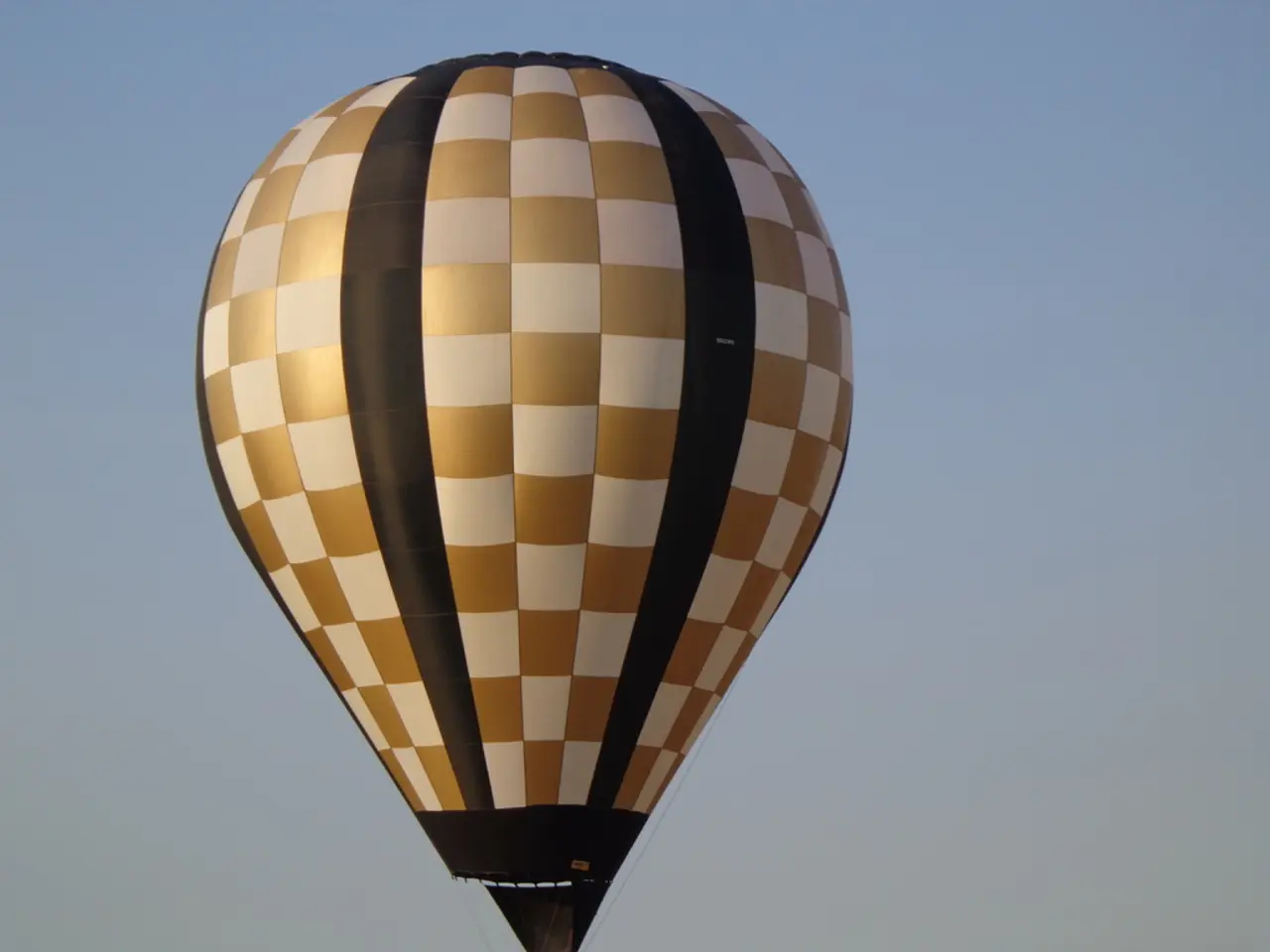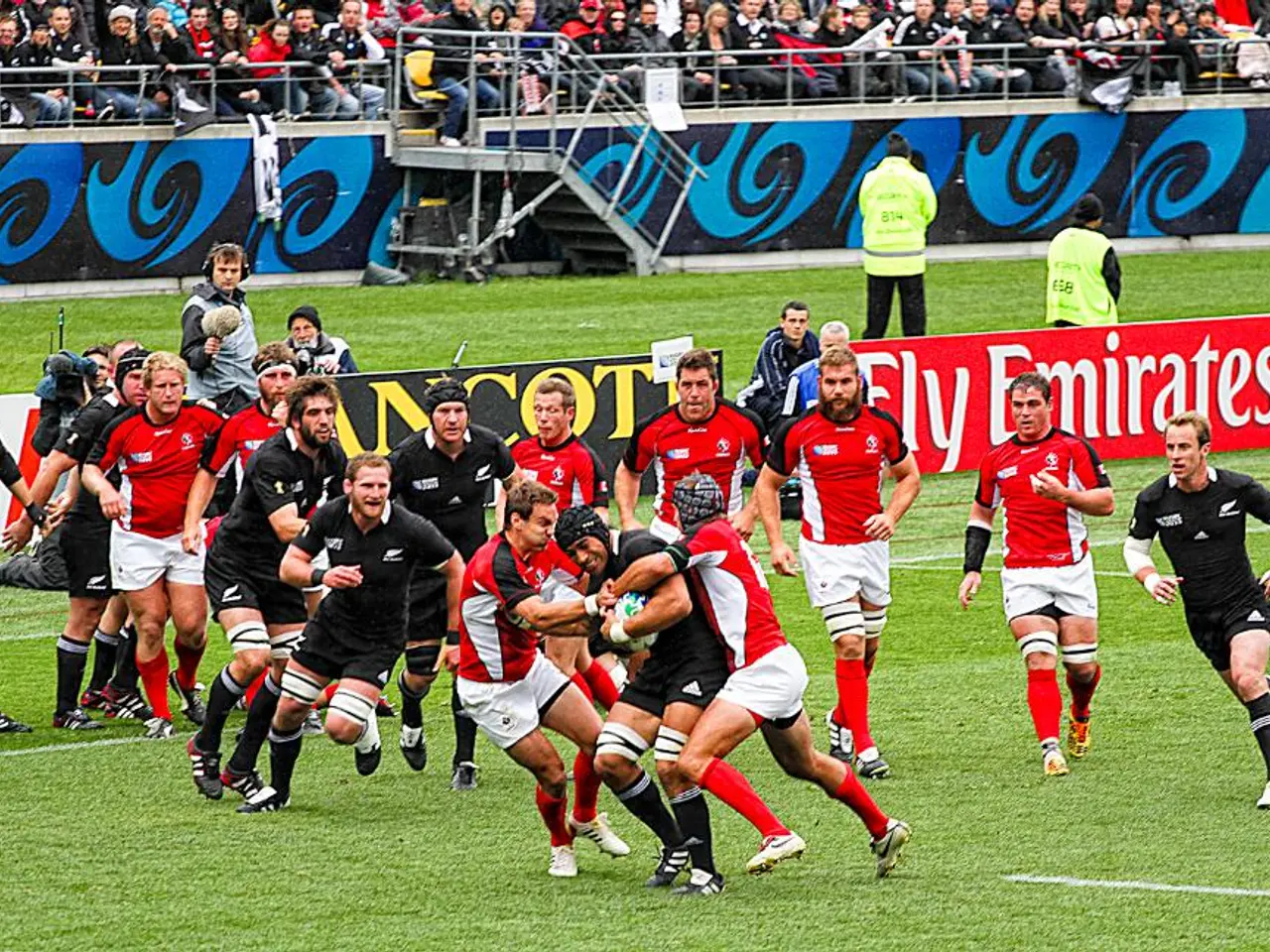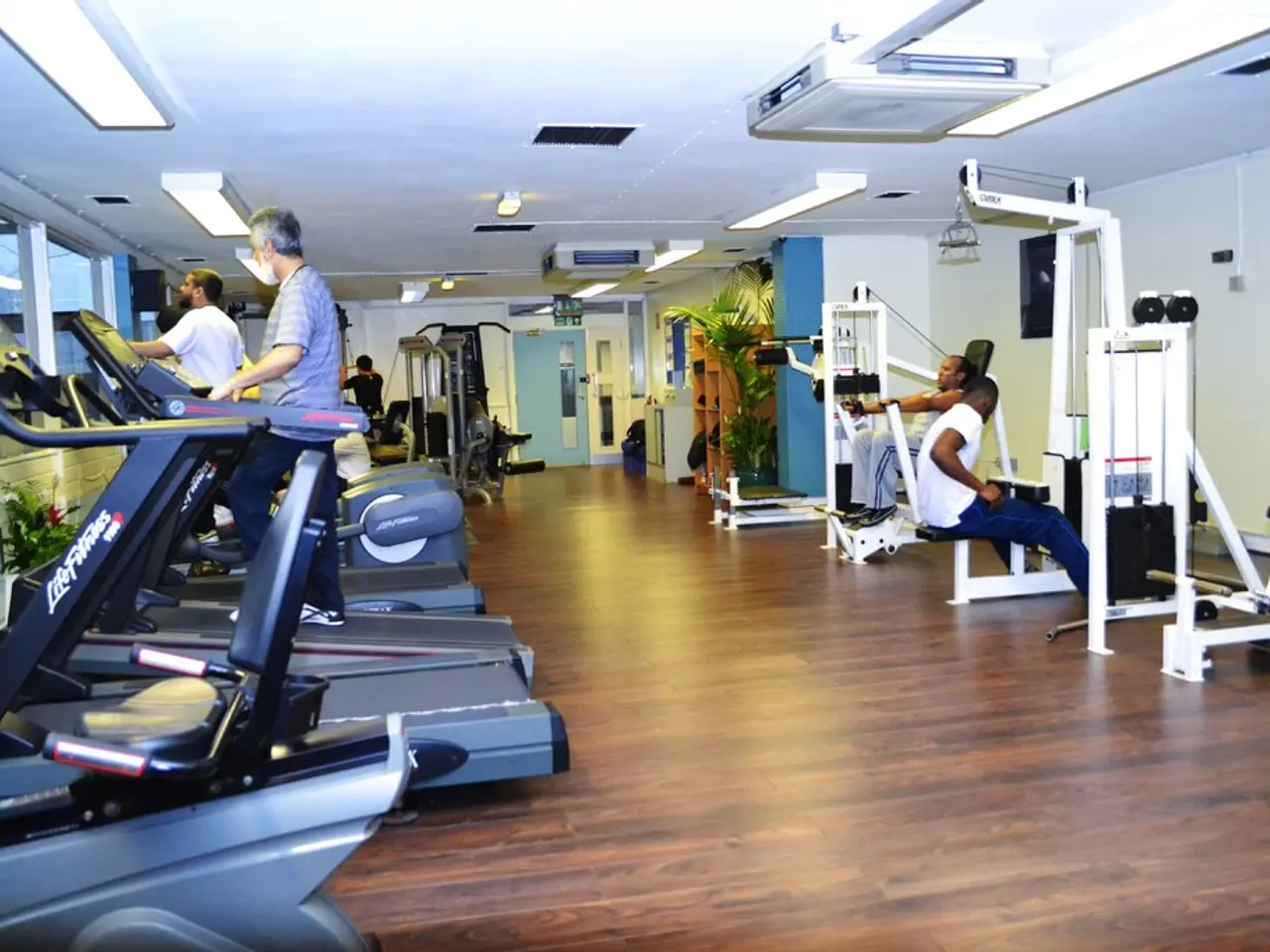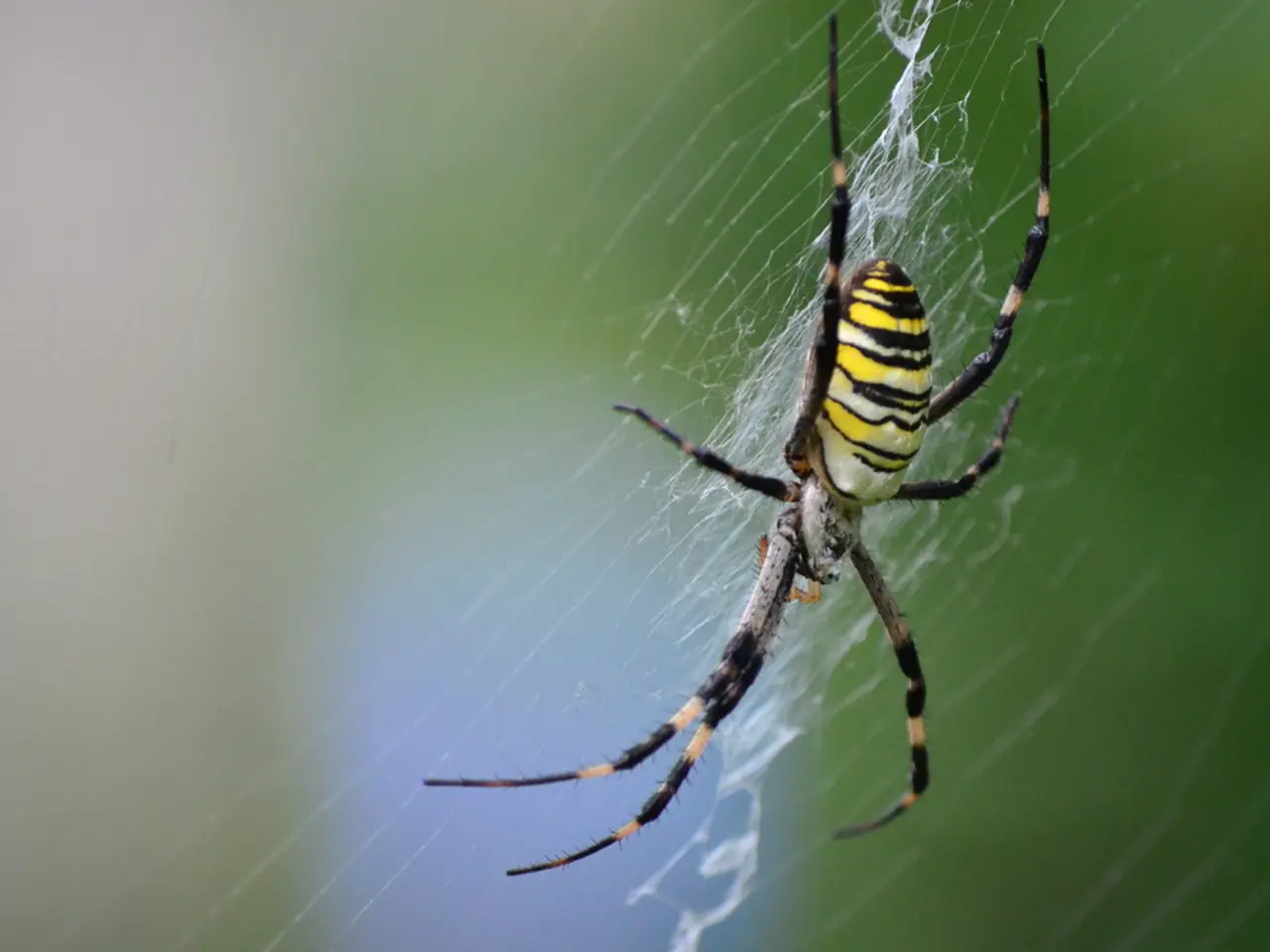Trick: Putting an Egg into a Bottle Without Breaking It
In the world of science, simple experiments can often lead to profound discoveries. One such experiment is the Egg in a Bottle, a captivating demonstration of air pressure that is perfect for students in grades 3-6.
The Egg in a Bottle experiment is a delightful way to explore the behaviour of air molecules when heated and cooled. To set up the experiment, you will need a hard-boiled egg, a glass bottle, matches or a lighter, and strips of paper. For a more dramatic effect, a heat-safe plastic bottle can be used, but it's essential to test its safety first.
The experiment begins by lighting a small strip of paper inside the bottle. As the paper burns, it heats up the air molecules, causing them to move faster and spread apart. Once the flame goes out, the air inside the bottle begins to cool, causing the air molecules to slow down and come closer together. This cooling inside the bottle creates a partial vacuum.
Meanwhile, some air molecules escape from the bottle's mouth due to the expansion of heated air. This results in a lower pressure inside the bottle compared to the outside atmospheric pressure. To balance this pressure difference, air naturally moves from high-pressure to low-pressure areas. In this case, the atmospheric pressure pushes the egg, which should be peeled and slightly wider than the opening of the bottle, inside the bottle's mouth, effectively sucking it inside.
This fascinating effect is a result of heating causing air expansion and escape, followed by cooling resulting in contraction and reduced pressure. The egg gets pushed into the bottle by the surrounding air due to the higher external air pressure.
For those who wish to delve deeper into this fascinating experiment, it can serve as a science fair project. Variables such as using bottles with different-sized openings, eggs of varying sizes, or testing hot air versus cold air can be explored.
Moreover, the Balloon Rocket experiment, which demonstrates how air pressure changes create movement by releasing a balloon along a string, provides a complementary exploration of air pressure phenomena.
For those who wish to modify the Egg in a Bottle experiment, placing the jar in a bowl of hot water can enhance the effect. By understanding these principles, you can appreciate the intricate dance of air molecules that underlies many natural and man-made phenomena.
- The Egg in a Bottle experiment is an engaging activity for kids to learn about the behavior of air molecules.
- This captivating science experiment is suitable for students in grades 3-6 and is a great way to introduce them to the world of physics.
- Artfully arranging the burned paper strips inside the bottle can add an aesthetic element to the experiment, making it more appealing for kids.
- As part of education and self-development, mastering simple experiments like the Egg in a Bottle can foster a lifelong love of learning and discovery.
- For health-and-wellness, it's essential to prioritize safety when setting up the experiment, especially when using heat-safe plastic bottles.
- Delve deeper into air pressure phenomena by designing related projects, such as investigating how different bottle sizes, egg sizes, or air temperatures affect the outcome of the Egg in a Bottle experiment.
- The Balloon Rocket experiment is another fun and educational activity that demonstrates the movement created by changes in air pressure, complementing the understanding gained from the Egg in a Bottle experiment.
- Expand your child's learning beyond the classroom by incorporating physics projects into their fitness-and-exercise routines, like using the principles of air pressure to power paper-propelled vehicles or create air-powered syringes for use in health and wellness simulations.
- The Egg in a Bottle experiment is a profound demonstration of the intricate workings of air pressure that extends to many aspects of our daily lives, including weather patterns, space travel, and even the functioning of ourlungs.




